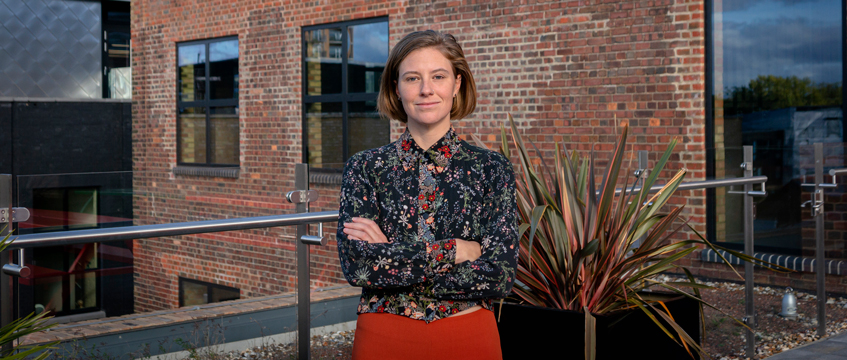COMMENT “Structural engineers should focus on making buildings stand, not taking a stand.” This was the title of a lively Sekforde Sessions debate I chaired a few weeks ago and have been thinking about since.
While the side that argued for the statement made good points, the overwhelming feeling in the room was that engineers, and all consultants in the built environment, have a responsibility and a desire to contribute more to projects and to society than just what’s defined by their job descriptions. The consensus was that we should help our clients make the most ethical decisions possible when it comes to tackling the climate emergency and building a more equitable society, a problem brought into sharp focus with the escalating cost-of-living crisis.
To be a structural engineer, it helps to be good at maths and problem solving, and you’ll need to spend four years at university. To be the principal engineer on a construction project you must also become chartered with an organisation such as the Institution of Structural Engineers and pass its gruelling seven-hour exam. It’s not easy to become a structural engineer and some would argue that when it comes to construction projects, we should stay in our lane and focus on making the building stand up.
Ethical dilemmas
But consider a situation that many consultants find themselves in. You start a project with a client whose values are aligned with yours – maybe it’s to deliver a low carbon design or provide affordable housing. At some point a cost plan comes in and the client suddenly decides to opt for a concrete frame rather than the lowest carbon option you had spent months working on. Should, or even could, you refuse to deliver the job?
Another example is unnecessary demolition; you have been appointed to advise whether an existing structure could be reused, and you deem it fit for retention, but the client decides to demolish and rebuild anyway because it’s more cost-effective and they’ll get more head height. Should the design team go along with that? I could go on listing examples but instead, I’ll ask you to imagine times this might have happened to you. Are there things you wish you had said? Instances you thought to yourself, this isn’t right.
As a trained professional, be it engineer, architect, surveyor, there are things we know that our client does not. It is the design team’s responsibility to ensure that their client has all the information required to make the best decisions, even if it means telling them something they don’t want to hear. A good example of this is explaining the impact of a column position in an entrance foyer in terms of embodied carbon, cost of transfer structure required above and additional risk on site. In that situation, I think that most engineers would feel comfortable explaining why an additional column might be beneficial considering where most people now stand on the climate emergency and the fact that transfer structures are expensive. A more nuanced and complicated case can arise when the most economic solution might not produce the least carbon or maybe the solution with the least carbon won’t produce the most social value for a local council trying to build units for social rent. Which battle would you choose to fight, if any, in these cases?
Sustain or regenerate?
Sustainability at any cost is not the solution to the situation we find ourselves in and neither is building 300,000 homes a year. Clients in the built environment hold a lot of power but I believe they are only as good as the consultants who guide them and that it is our responsibility to become experts in the delivery of regenerative design which is sustainability’s much cooler, more considered and inclusive granddaughter.
Regenerative design is about designing buildings and places that have a net positive contribution to the environment and communities, encompassing principles of biodiversity, sustainability, low carbon design, refurbishment, circular economy and social inclusion. I think we need to learn to be flexible and empathetic to both our clients and to everyone in the communities that our projects have an impact on. We can do so much better as an industry, so why don’t we? We also need to be fully aware of the impact of our words and our designs; communication is key and the ability to explain engineering principles to our clients and other stakeholders is an invaluable tool.
Nailing this, regenerative design coupled with exceptional communication, could lead to the future our planet needs and give our clients the best chance of making the best decisions.
Sinéad Conneely is a director at Simple Works











